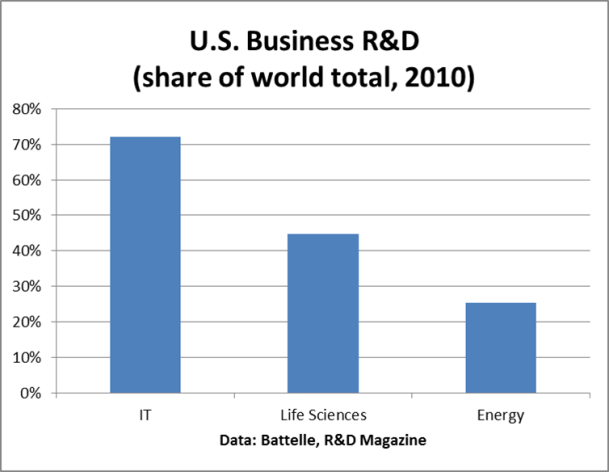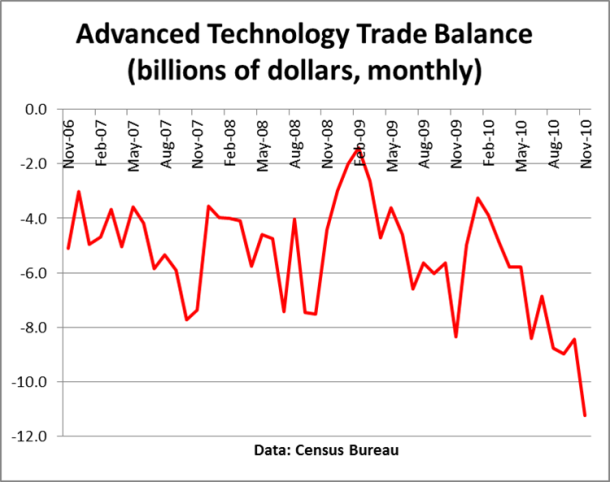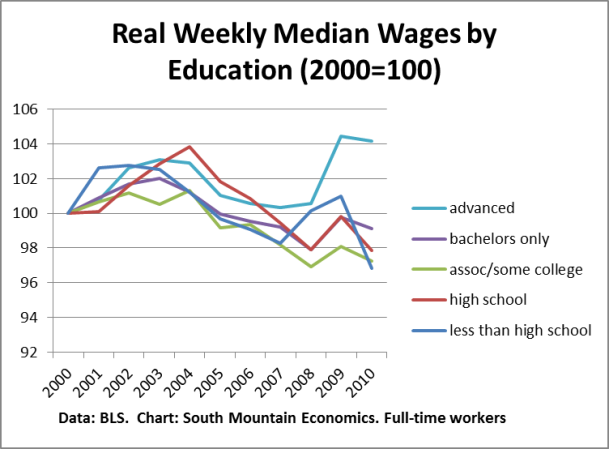The latest release of The Conference Board Help-Wanted Online data shows a big jump in online want ads in January.
This gap between want-ads and hiring is evidence of pent-up labor demand. I believe that it will spill over into large-scale actual hiring in 2011.





